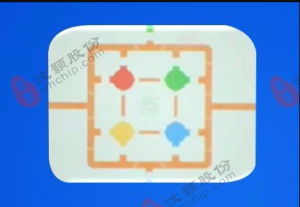Microfluidic chip can provide a three-dimensional environment to simulate the growth of cells in vivo, and the interaction between cells can be studied by controlling the external conditions such as substance concentration, solution temperature and pH value.
Cell-to-cell interaction refers to the direct interaction between cells, which plays an important role in the development and function of multicellular organisms, and can maintain homeostasis in vivo under aging and pathological conditions. Cell-to-cell interactions are involved in many physiological and pathological processes, such as embryonic development, wound healing, tumor invasion and metastasis.
Microfluidic chip has the characteristics of flexible design, and many kinds of cells can be cultured at the same time in a large number of microchannels. Through the introduction of 3D extracellular matrix, the production and concentration of biochemical factors and signal molecules can be monitored and controlled in real time. It is more suitable for the study of cell-cell interaction. At present, the most commonly used method of microfluidic chip to study cell-cell interaction is cell co-culture.


